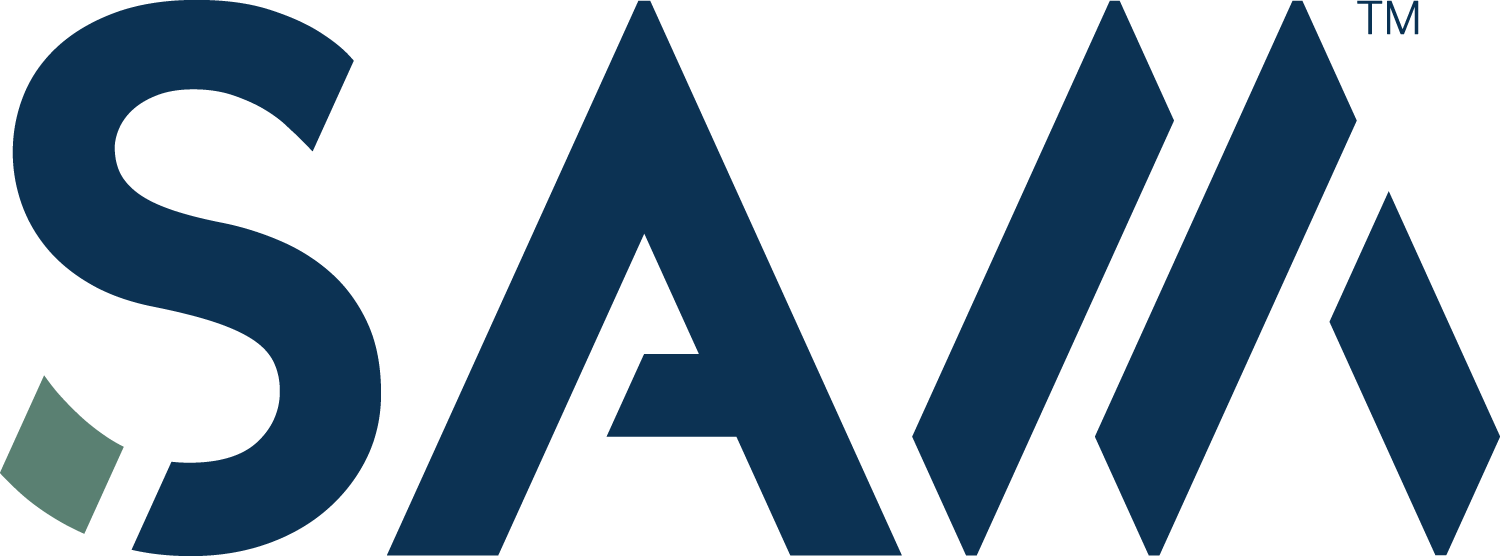Beginning at the End: Digital Workflows That Start in the Field
| Adam Long

Across the geospatial industry, a paradigm shift is moving towards faster delivery of complete and actionable data. Especially when conducting inspections, communicating findings to clients almost instantaneously can be critical. Digitizing your workflow from the field to the office and delivering digital data to the client is the first important step. However, if you don’t build your digital platform around the end deliverable, you are probably not optimizing your process and taking full advantage of what technology can offer you and your clients.
By focusing on the end deliverable when designing the field data collection workflow and keeping the end goal in mind from the start, you can cut down on time translating raw data to a usable product. When the team uses common technology and terminology while designing a data collection workflow, they can stay on the same page throughout the inspection process, issues are more readily documented—and, more importantly, they can be prioritized more efficiently. The quality of the data collected can also improve as the field crew fully understands the client’s needs, and a well-thought-out workflow can provide context to the data.
For inspections, timeliness is vital. When your digital collection platform matches the deliverable a client is requesting, you stand a better chance of alerting them to an issue quickly and in a format that provides the context needed for them to respond in time to take care of the potential problem before it compounds.
For example, say your team is conducting an aerial inspection of electrical assets and notice a burned high-priority insulator. With a digitized workflow, they can make a note and send it to the inspectors in the office right away. The team member in the office is alerted, reviews the information they sent, looks at the photo, and confirms the field inspector’s finding. If the digital platform is formatted in a way that aligns with the deliverable to the client, the office inspector can then directly send that information collected in the field to the client. The client receives all of the information they need to address the insulator, such as when it was noted, an image of the issue, the exact location, and other crucial details.
This process results in a near real-time, priority alert notification system that customers can rely on. Field crews can be deployed to the issue sites promptly and can resolve the problem quickly. Clearer visibility to distribution networks really does efficiently issue and prioritize repair work, and it is something that clients are coming to expect from their inspectors.
And this is just the beginning!
With the deliverable at the forefront, you can leverage artificial intelligence (AI) and machine learning (ML) algorithms into your inspection management software to streamline workflows and improve inspections in the field with more precise identification, classification, location, and inventory of structures and components acquired by remote sensing methods. This kind of software is also a big step up in the accessibility of data and improves the quality of deliverables to the client.
Since putting the intelligent inspection management solution to work, we have been able to help utility clients identify thousands of defects and then locate and address the issues in order of priority. With machine learning, the more data, the better. Currently, our proprietary software, SAM Inspect™, can identify the structure and key components such as insulators, transformers, and connections.
Additionally, the software can identify components during an inspection survey and identify and prioritize defects, becoming a second set of digital eyes for field crews.
Innovative technology solutions are an essential part of effective and efficient inspection services. Learn more about how SAM’s digital data collections are helping clients get a complete, actionable picture of their utility assets.
Adam Long
Adam Long joined SAM in 2011 as the Chief Technology Officer. He has over 30 years of diverse experience practicing engineering, surveying, and information technology, which he used to create the Applied Technology department at SAM.
View Profile
